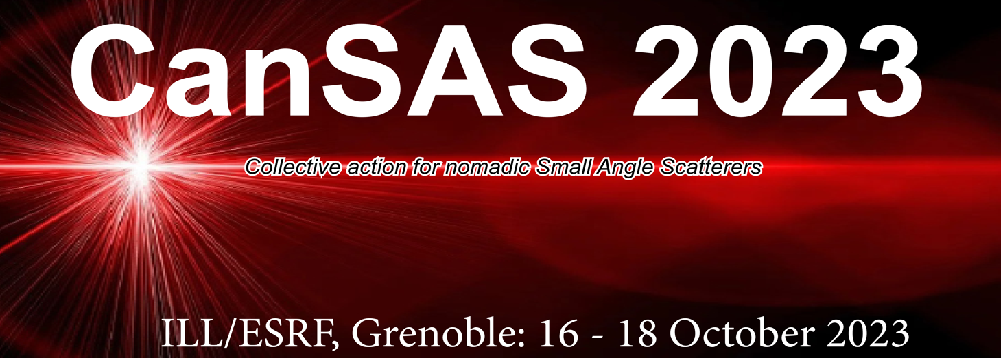Speaker
Description
Foams are incredibly complex systems in both their dynamics as well as structure. In fact, these truly multiscale colloidal systems, feature characteristic lengths ranging from the centimeter of the foam cell, to some hundreds of micrometers of the Plateau border diameters, to some tens of nanometer of the foam film thickness, up to the presence of small colloidal objects, such as micelles or proteins, few nanometers in size. The presence of structural elements so different in size, gives rise accordingly to a complex scattering signal, when observed in the small-angle scattering (SAS) domain. In this contribution, a recent approach to quantitatively describe the SAS signal from three dimensional liquid foam is described[1].
Specifically, we observe the superposition of several contributions stemming from phenomena that demand different formalisms. The contribution of small colloidal objects, such as micelles or proteins, can be effectively described using classical small-angle scattering formalism. Similarly, the Porod scattering model proves suitable for describing the signal originating from the Plateau border interfaces. However, when it comes to the thin and sufficiently flat foam films, the description within the classical Born approximation fails. In these cases, formalisms typical of reflectivity experiments can be employed.
In summary, this contribution represents an opportunity to discuss with the scientific community the strengths and limitations of using different approximations for describing different scattering elements in the same system.
References:
[1]: Soft Matter, 2022,18, 8733-8747

